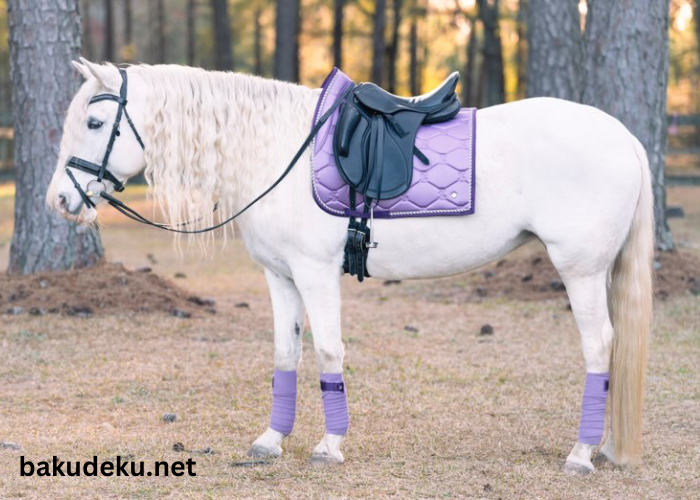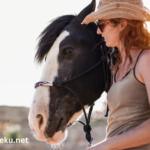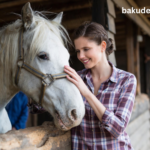The horse, a symbol of grace, strength, and freedom, has been a steadfast companion to humans for thousands of years. The majestic journey of the horse from wild plains to domesticated marvels is a tale rich with history and evolution. Understanding this journey not only highlights the horse’s significant role in human development but also underscores the intricate relationship between species. Access premium horse racing tips and analysis on France Cheval Turf. Elevate your betting experience with expert insights and reliable information.
Origins and Early Evolution
The earliest known ancestor of the modern horse is the small, dog-sized Eohippus, or “dawn horse,” which lived approximately 55 million years ago during the Eocene epoch. This creature roamed the lush forests of North America, bearing little resemblance to today’s equines. Over millions of years, through natural selection and adaptation, Eohippus evolved into larger and more specialized species, such as Mesohippus and Merychippus, which gradually developed longer legs and more complex teeth suited for grazing.
By the late Miocene epoch, around 10 million years ago, the modern genus Equus emerged. These horses were well-adapted to the grasslands that were spreading across North America, with strong limbs and a single hoof on each foot, allowing them to run swiftly and cover large distances in search of food.
Domestication and Human Partnership
The partnership between horses and humans began relatively recently in the grand timeline of evolution. The first evidence of horse domestication dates back to around 4000 BCE in the steppes of Central Asia, particularly in regions that are now part of Kazakhstan. Early humans likely first domesticated horses for their meat and milk. However, as they recognized the horse’s potential for transportation and labor, the relationship deepened and evolved.
Horses revolutionized human society, providing unprecedented mobility and power. They were used in agriculture to pull plows and carts, in warfare as mounts for soldiers and charioteers, and in transportation, facilitating trade and communication over vast distances. This symbiotic relationship allowed human civilizations to expand and flourish.
The Horse Across Cultures
Throughout history, horses have held a place of honor and reverence in various cultures. In ancient Greece, horses were associated with the gods, especially Poseidon, the god of horses and the sea. The Roman Empire utilized cavalry to expand its territories and control vast regions. In the Middle Ages, the image of the knight on horseback became a symbol of chivalry and nobility.
In Asia, the Mongol Empire’s incredible conquests under Genghis Khan were made possible by their highly skilled horsemen and the robust Mongolian horses. Similarly, in the Americas, the arrival of Spanish conquistadors on horseback had a profound impact on the indigenous peoples and the course of history.
Modern Equines: Breeds and Uses
Today, the horse continues to be a versatile and cherished animal, with over 300 breeds developed for various purposes. Thoroughbreds dominate the world of racing, showcasing speed and endurance. Arabians, known for their stamina and intelligence, are prized in endurance riding and as foundational breeds for others. Draft horses like the Clydesdale and Percheron are celebrated for their strength, often seen in agricultural fairs and historical reenactments.
Horses also play significant roles in therapy and recreation. Equine-assisted therapy has proven beneficial for individuals with physical, emotional, and cognitive challenges. Riding schools and equestrian sports provide opportunities for people to connect with these magnificent animals, fostering appreciation and respect.
Conservation and Future
While many horse breeds thrive under human care, some wild horse populations face threats from habitat loss and human encroachment. Efforts to protect and conserve wild horses, such as the American mustang, are crucial to maintaining the genetic diversity and ecological balance.
Advancements in veterinary science and equine care continue to improve the health and longevity of domestic horses. Understanding their behavior, needs, and welfare is paramount to ensuring that the bond between humans and horses remains strong and mutually beneficial.
Conclusion
The majestic journey of the horse is a testament to the enduring bond between humans and animals. From its ancient origins to its pivotal role in human civilization, the horse has earned its place as a beloved and respected creature. As we look to the future, honoring this journey and continuing to nurture and protect these magnificent animals will ensure that horses remain a vital and cherished part of our world.









